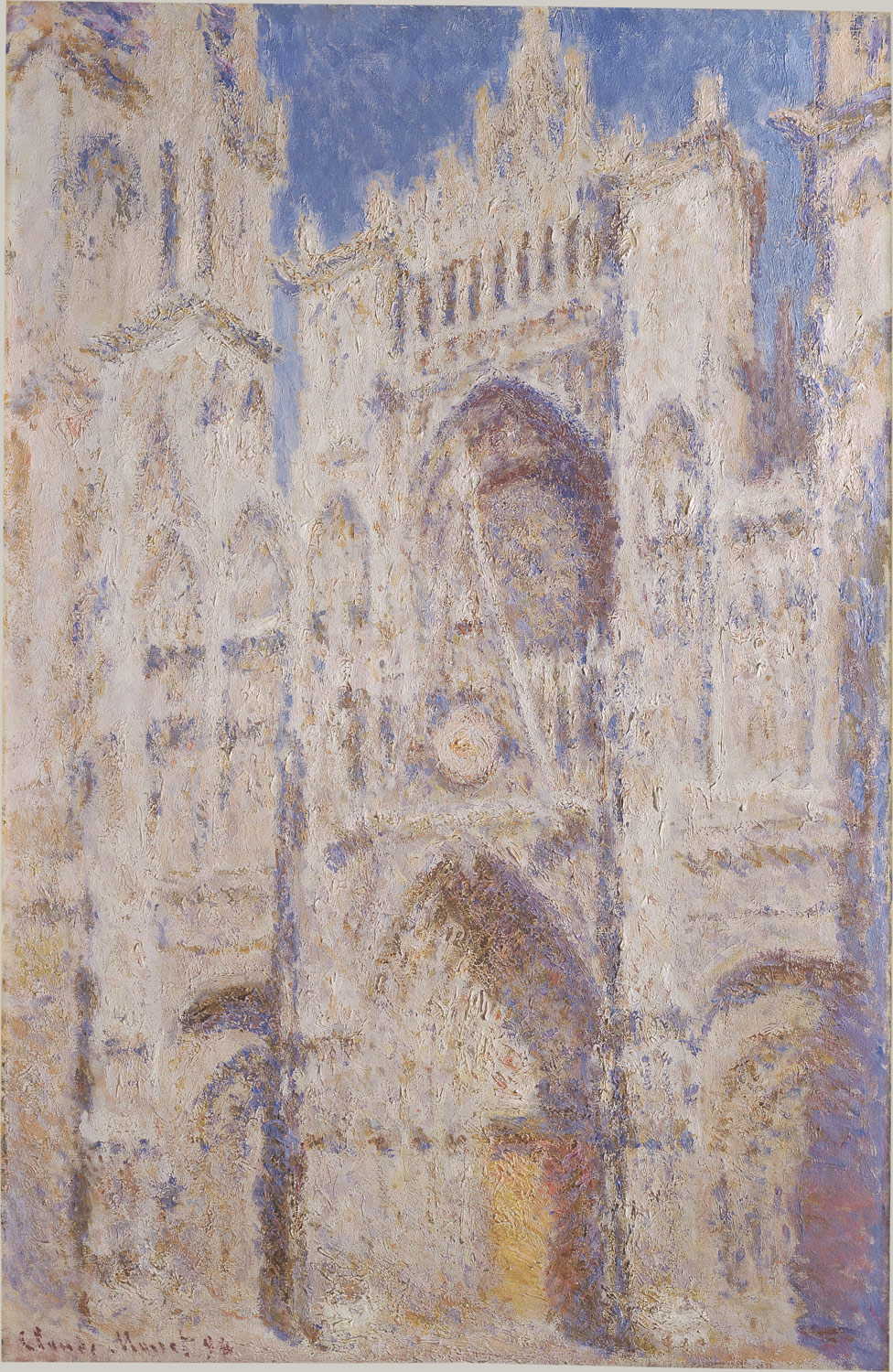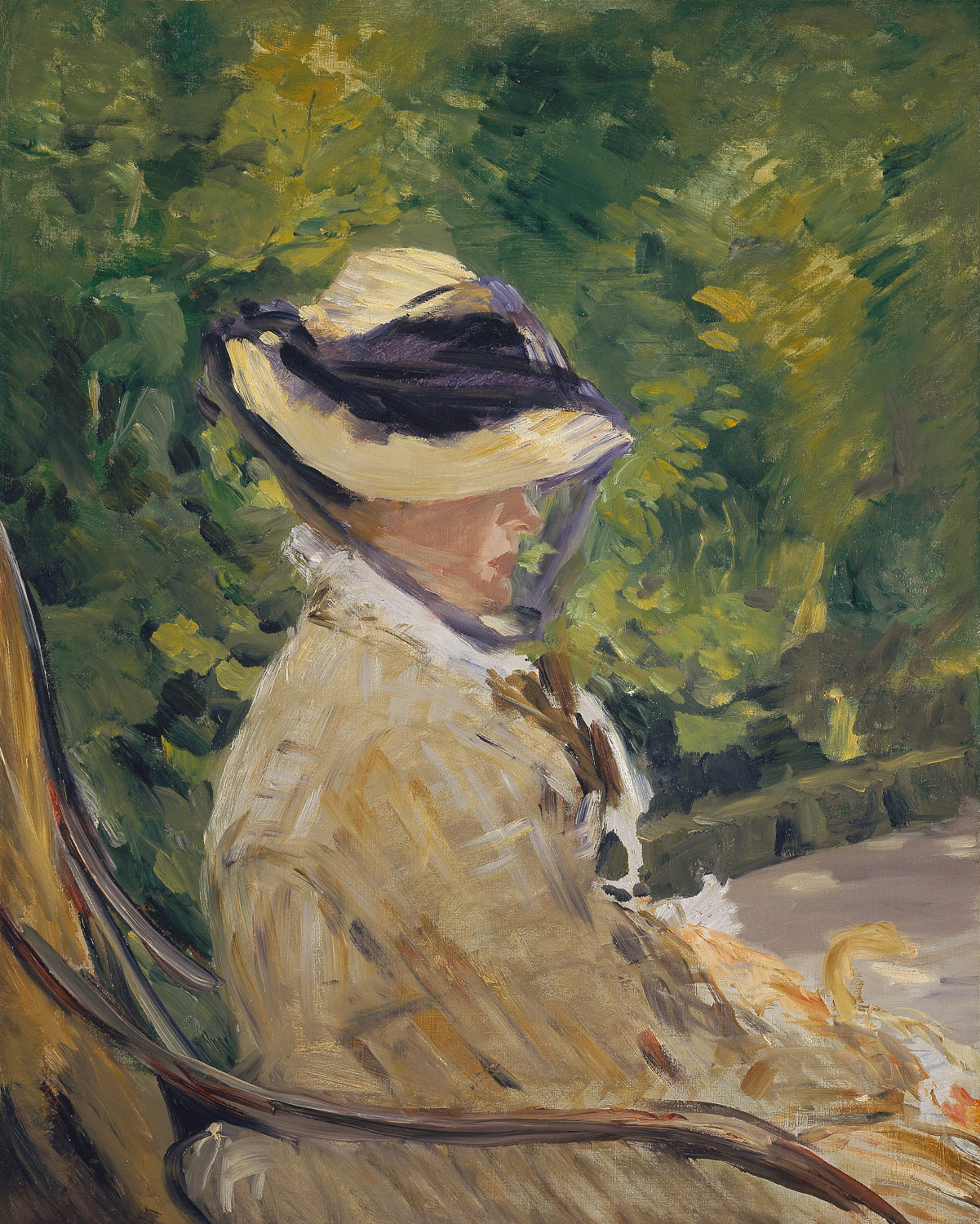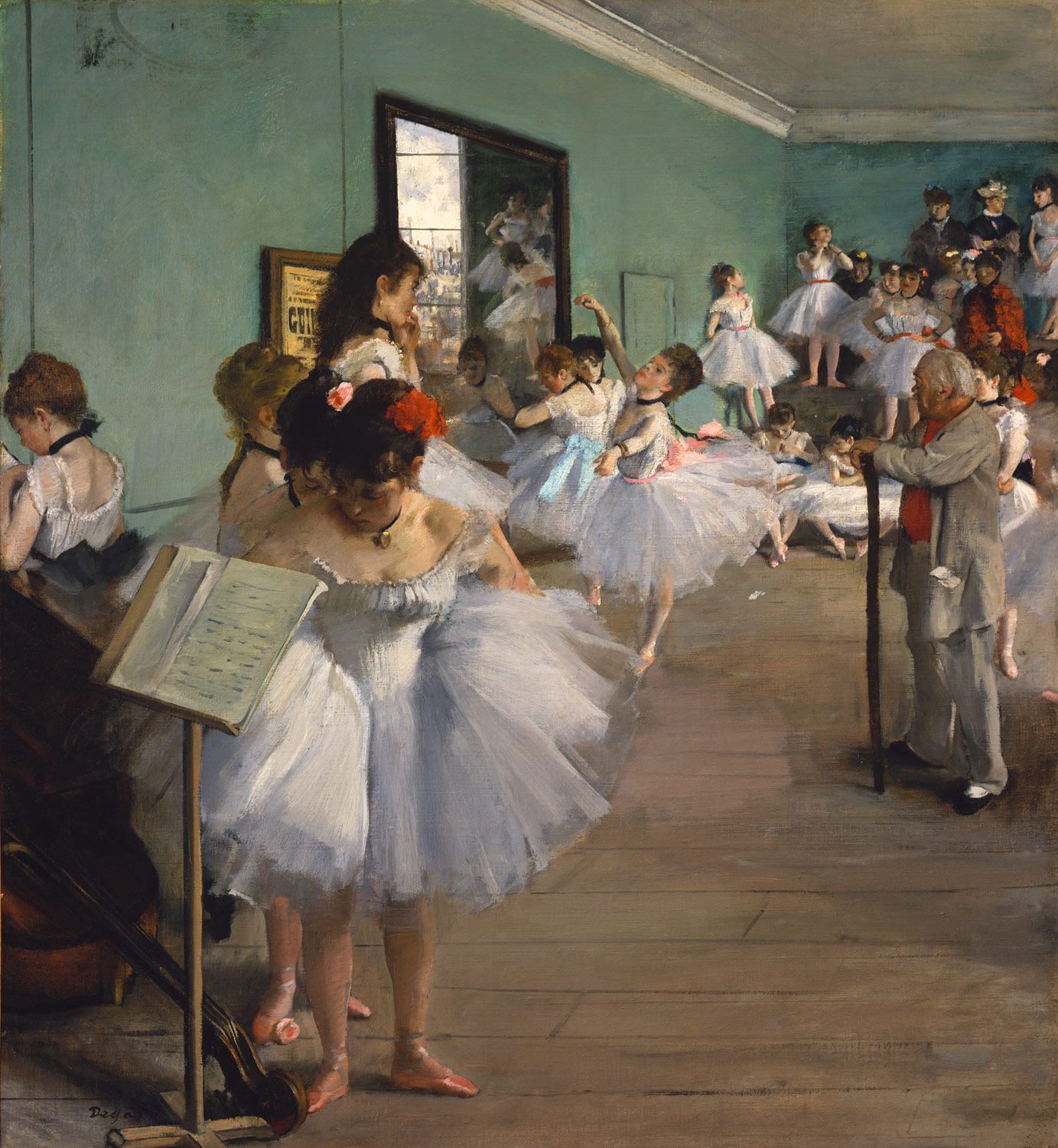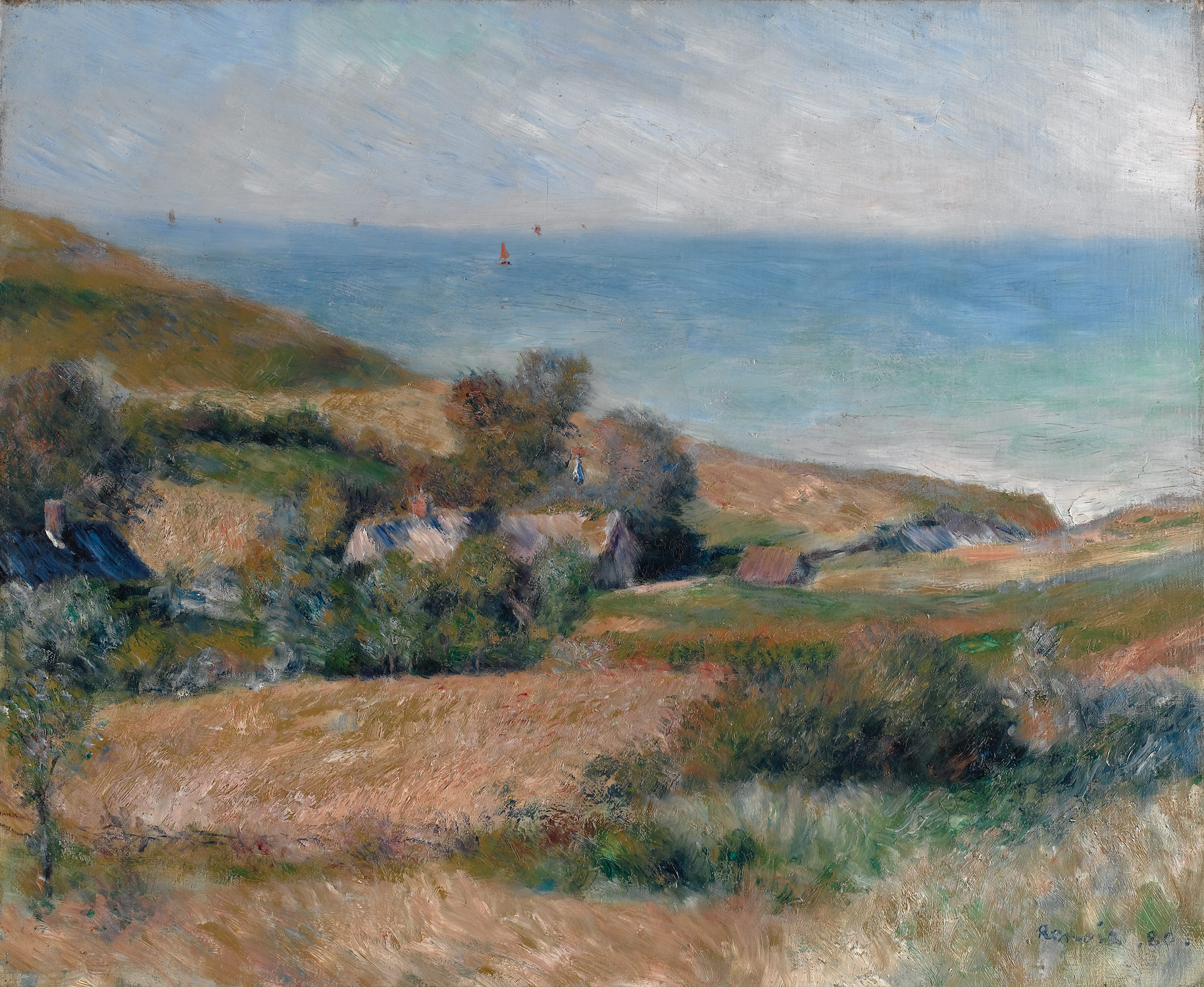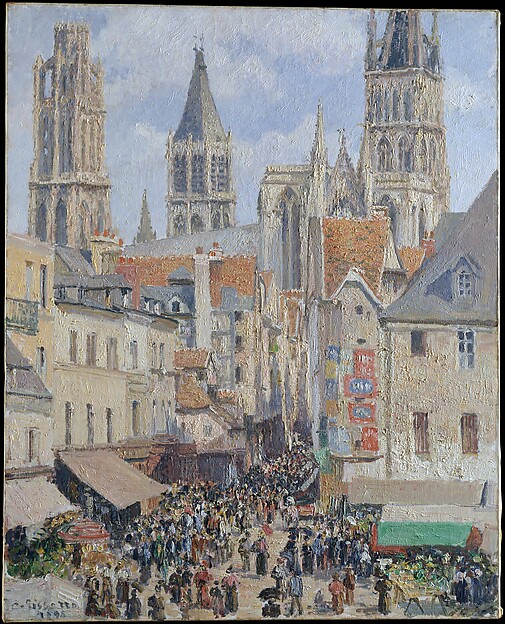If you want to witness a truly magical show, go watch Richard Rodgers and Oscar Hammerstein II’s Broadway musical, Cinderella. It’s not even magical in the sense that the plot was a cliché rags to riches story, but literally magical. Dresses form and disappear right before the audience’s very eyes, backflips and tumbles adorn the stage, and a fantastic stage (which include a projector and elaborate physical objects that change frequently) sets the mood. When Rodgers and Hammerstein are the same people who created The Sound of Music, a huge hit, there would probably be high expectations for Cinderella. Cinderella, played by Laura Osnes, and Prince Christopher (Topher for short), played by Santino Fontana, were both remarkable actors and were able to become their character and convey the chemistry between the two characters.
The show starts off with some music and then the prologue, which was rather childish with its cheesy acting. A plethora of soldiers tries to fend off a giant when Prince Topher suddenly comes along and saves the day. After that, the songs – and the humor – start off right away. Prince Topher breaks into song questioning who he is and stops suddenly to shoot a threatening bird in the sky and continues singing right away as if nothing happened, earning a few laughs from the audience.
The Broadway Cinderella follows the story of the original Cinderella very closely, although with a few discrepancies. Cinderella has two stepsisters and a stepmom, goes to a ball that the prince throws after being given a gorgeous dress from her fairy godmother, leaves at midnight, and accidentally leaves the infamous glass slipper behind. The prince searches for her to no avail, so he throws a banquet in an attempt to see her again. Sure enough, Cinderella arrives and the two dance once again. The same thing happens at midnight, but this time she leaves one of the slippers on the staircase. The prince then tries to find the girl of his dreams by seeing whose foot would fit the slipper. After all the wealthy girls try the shoe and fail, Cinderella appears, but no longer in a mind-blowing gown. She is in the rags that she usually wears, but the Prince doesn’t care about her appearance and they get married and live happily ever after.
Although the Broadway Cinderella follows the majority of the plotline of the Disney classic, there were some differences. The stepsisters in the classic are extremely evil to Cinderella. In this adaption, however, one stepsister, Gabrielle, is nowhere near evil. She is actually rather kind to Cinderella. There were definitely more characters in the Broadway version, as well. Unlike the Disney movie, which was purely romance, Broadway’s Cinderella has numerous amounts of clever lines, making the audience stir with laughter.
As a person who was never too fond of fairytales, including Cinderella, it was shocking that I really enjoyed this take on the classic. Maybe it was the humor that dotted the script, the mind-blowing dress transformations, or the captivating music and dances, but I wanted to re-watch the show right after it ended, despite the dent it made on my wallet. The dress transformations were possibly the most enticing parts. An old lady who is wearing old rags suddenly turns into the fairy godmother and with some magic, is wearing an extremely large ball gown. Then there is the first dress transformation with Cinderella, where she is also wearing rags and with some sparkles and the flick of a wand from the fairy godmother, is suddenly wearing a lovely white gown. The third and last transformation is no less spectacular than the previous two. Cinderella is once again wearing her rags and then with some movement that was too fast to catch, she is wearing a thin yellow dress, a completely different color from her rags. The dresses seem to appear from thin air. One moment, Cinderella is wearing loose rags and the next, she is in a large ball gown that clearly has a hoop skirt underneath. It is still a secret of how they made the transformations, as if they really used magic.
The humor in the musical is extremely appreciated. Romance movies can get somewhat too predictable and silly for me, so the humor took away the predictability (Sebastian, a minor character, was faced by many poor people in rags, and was asked by another character who he thought those people were to which Sebastian replied, “From the way they’re dressed, I would think artists”) by making me wonder if the next line was going to be a witty line. With all the actors synchronized, all the songs and dances were a pleasure to see. The director of the show probably wanted to bring back a feeling of nostalgia for the audience. Many members may have watched Cinderella in their childhood, me included, and the directors might have intended to bring back any emotions from that time. The director adds humor into the story, which was absent from the classic, which might have been to stray away from solely romance, and to appeal to an older group. When watching this show, I definitely was brought back into my past, suddenly recalling all the carefree days in which I had time to enjoy Disney movies like Cinderella.
There were a couple of moments in the musical that were odd, however. There is a scene in the show in which there was some talk about how two characters, Jean-Michel and Sebastian, would have an election to see who would become prime minister. However, at the end of the show, there is no mention of the results of the election, as if the entire scene was just to prolong the musical. Also, it became known to me that there was another earlier version of this play in which Cinderella personally presents her glass slipper to Prince Topher the second time she met him (at the banquet). The production I saw involved Cinderella nearly leaving the palace but returning and placing her shoe on the staircase before running away. This raises the question: why is there that difference? Such a seemingly trivial thing, yet that part was changed, so was there a meaning behind the differences?
Those minor details can be easily overlooked, however, and didn’t take away from the overall experience. I even felt like crying when the show ended because such an amazingly crafted musical had come to end. I was nearly going to buy another ticket for another day just so I could relive the laughs and awe for the actors. From the amount of applause and the standing ovation that the actors got at the end of the show, it’s evident that the rest of the audience enjoyed the show as much as I did. Although the show has ended, the magic will last with me forever.








